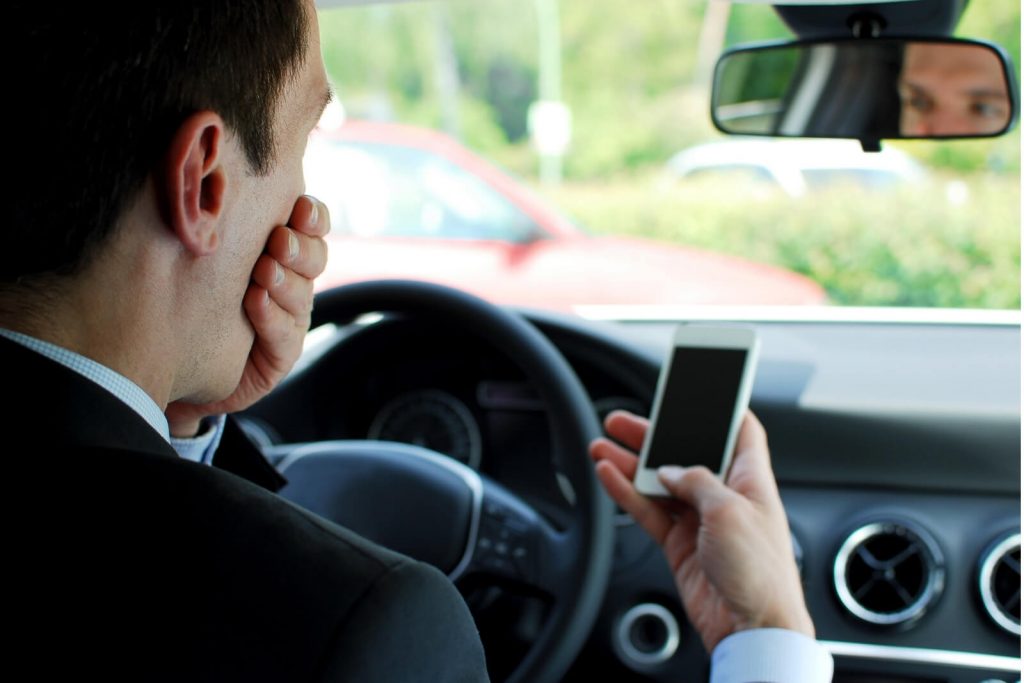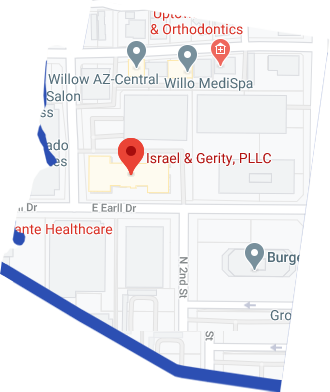The National Transportation Safety Board has been working to address the problem of wrong way accidents since 1968. Over the course of the past several decades, the NTSB has taken the role of researching wrong-way collision causes and making recommendations to regulators for how these deadly incidents can be reduced. Among the almost 50 suggestions made by the NTSB, about half address the problem of intoxicated drivers.
A significantly higher percentage of drivers in wrong way accidents are intoxicated at the time of the crash, as compared with the percent of drunk drivers in other types of accidents. Just recently, for example, AZ Family reported that a 27-year-old Phoenix man was charged with aggravated DUI after causing a fatal wrong-way accident.
Data shows that this Arizona driver was not alone in being drunk when he traveled the wrong way. In 1,566 wrong way crashes that occurred between 2004 and 2009, the NTSB determined that as many as 60 percent of the drivers killed while traveling in the wrong way on the roads were intoxicated at the time. An experienced drunk driving accident lawyer in Phoenix knows that among the drivers who were drunk when involved in a fatal crash, 59 percent had a blood alcohol content (BAC) that was double the legal limit.
Reduce Wrong-Way Accident Risks
The NTSB believes that reducing the instances of intoxicated driving would help to reduce the dangers of wrong-way collisions. The agency is urging the adoption of the use of ignition interlock devices for all offenders including first-time drunk drivers. The state of Arizona already requires even first-time offenders to have an IID installed for a year when they get their license back, but in many states, the law mandates an IID only in cases where a driver had a BAC that was far in excess of the legal limit or where the driver is a repeat offender.
A mandate that ignition interlock devices be installed in all vehicles could potentially have a profound impact on reducing deaths due to wrong-way accidents. As many as 360 fatalities occurred in the 2004-2009 crashes the NTSB studied, and data showed that about nine percent of the motorists in fatal wrong-way collisions had an arrest for drunk driving on their record within the three years prior to the collision. These drivers might not have consumed alcohol again if they had been required to use an ignition interlock device after their first conviction.
Drunk driving is, of course, not the only reason why wrong way accidents happen. In some cases, wrong way collisions occur because drivers mistake an off ramp for an on-ramp, because drivers try to pass when it is not safe to do so on a two lane road, or because drivers fall asleep and drift into the wrong lane.
In far too many cases, whether the motorist makes the mistake because he’s drunk or for some other reason, the wrong way accident causes death or serious injury to injured victims. As such, it is a good idea to have some plan for what to do if you are faced with a wrong way driver. Some options to consider include:
- Sounding your horn.
- Moving over to the shoulder and stopping whenever possible, or slowing down and moving into the right lane.
- Calling 911 to report the emergency.
- Flashing your high beams at the wrong way driver.
- Looking carefully ahead of you and watching as far ahead as possible for signs of a possible wrong way driver, such as headlights coming the wrong way or cars in front of you suddenly breaking or swerving.
Knowing what to do and staying calm in the event that a wrong-way driver is approaching could potentially help to save your life.
Israel Gerity, PLLC has offices in Phoenix, AZ. Call 888-900-3667 today to schedule a free consultation.





